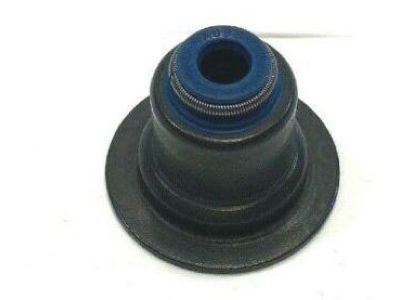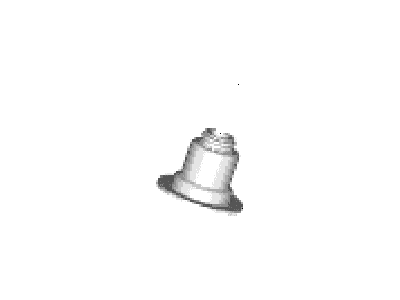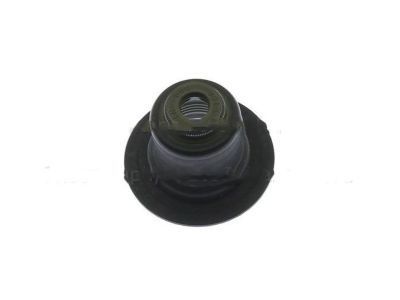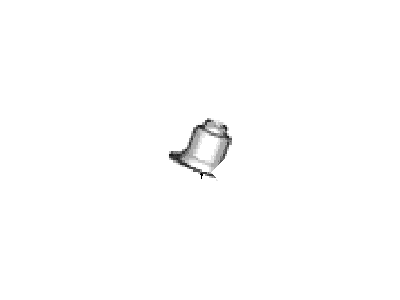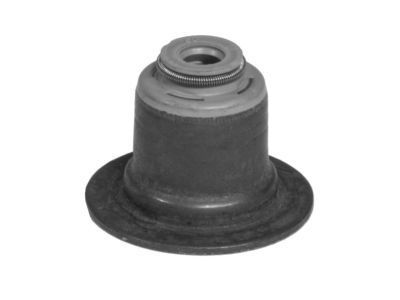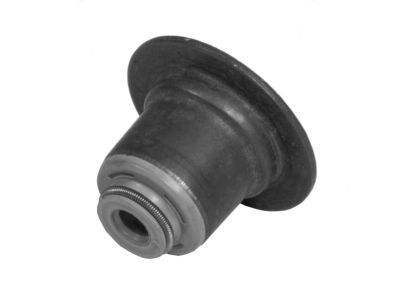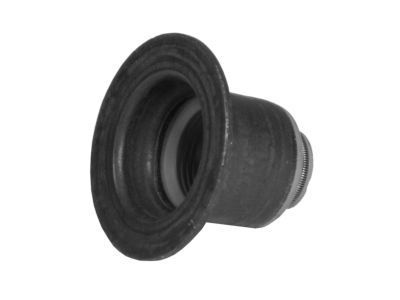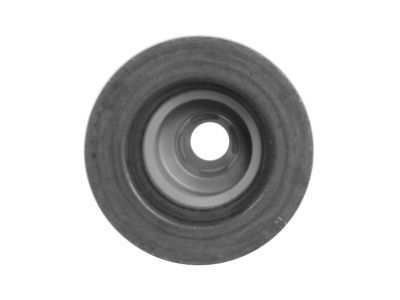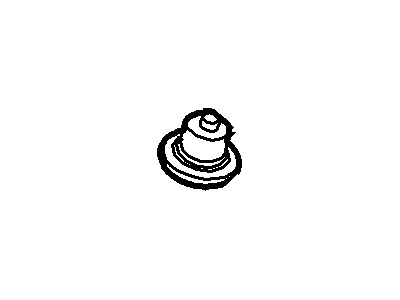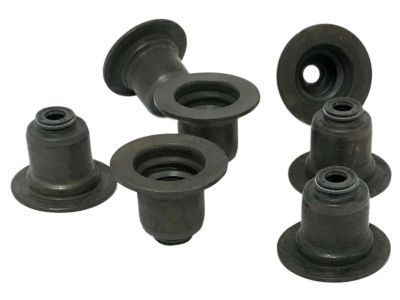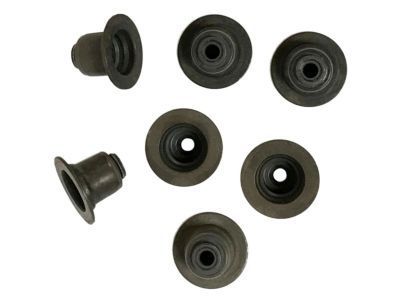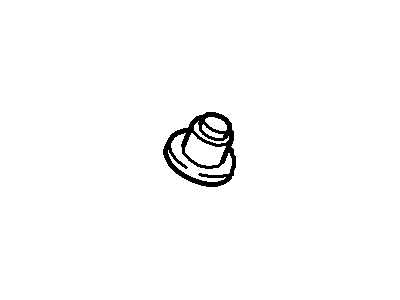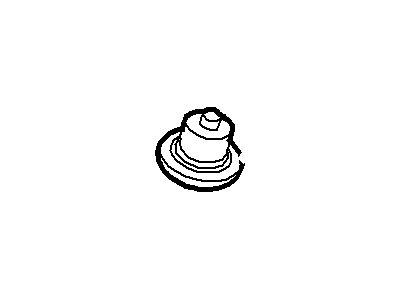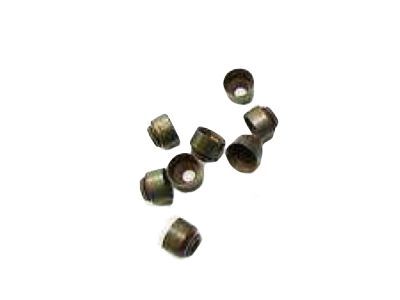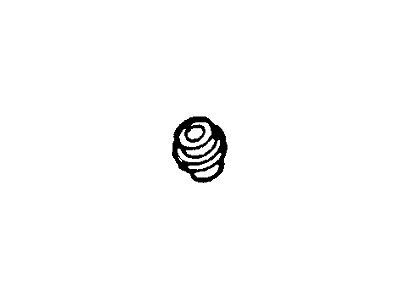

My Garage
My Account
Cart
Genuine Ford Focus Valve Stem Seal
Engine Valve Seal- Select Vehicle by Model
- Select Vehicle by VIN
Select Vehicle by Model
orMake
Model
Year
Select Vehicle by VIN
For the most accurate results, select vehicle by your VIN (Vehicle Identification Number).
8 Valve Stem Seals found
Ford Focus Seal - Valve Stem
Part Number: BM5Z-6571-A$2.76 MSRP: $3.93You Save: $1.17 (30%)Ships in 1-3 Business DaysFord Focus Valve Stem Seal
Part Number: 3S4Z-6571-A$5.50 MSRP: $7.83You Save: $2.33 (30%)Ships in 1-3 Business DaysFord Focus Seal - Valve Stem
Part Number: 3S4Z-6571-AA$5.50 MSRP: $7.83You Save: $2.33 (30%)Ships in 1-3 Business DaysFord Focus Seal - Valve Stem
Part Number: 1S7Z-6571-EA$5.93 MSRP: $8.45You Save: $2.52 (30%)Ships in 1-3 Business DaysFord Focus Seal - Valve Stem
Part Number: 1S7Z-6571-FA$5.50 MSRP: $7.83You Save: $2.33 (30%)Ships in 1-3 Business Days
Ford Focus Valve Stem Seal
We provide a wide range of Ford Focus Valve Stem Seal at the best prices possible. If you need Ford Focus Valve Stem Seal, you can shop with confidence on our website. All our OEM parts come with a manufacturer's warranty and are delivered to your door step with a fast delivery service.
Ford Focus Valve Stem Seal Parts Questions & Experts Answers
- Q: Can broken valve springs and defective valve stem seals be replaced without removing the cylinder head on Ford Focus?A:Damaged valve springs and faulty valve stem seals are usually repaired by replacing them, which normally does not call for head removal, and uses such accessories as special tools, and compressed air. Start with the process of the elimination of the valve cover, and spark plug from the cylinder in question, or all the spark plugs, if changing all the valve stem seals. Rotate the crankshaft until the piston is at the top dead centre, on the compression stroke and if replacing the total engine seals, start with cylinder number one and continue with the firing sequence. Insert an adapter into the spark plug hole then attach an air hose to a compressed air source. Use compressed air on the cylinder, this way you do not rotate crankshaft independently to the camshaft because this may lead to major damages on the engine. The valves should be held in place by air pressure; if not, the Cylinder Head may have to be taken off for an inspection. Take off the bolt, fulcrum, and Rocker Arm for the ceaseless valve and if replacing all seals take off all the rocker arms. Lever type compressor is used to compress the valve spring and then the keepers, spring retainer, valve spring and guide seal can be removed. A valve stem must also be covered with a rubber band or tape so that it does not fall into the combustion chamber and release air pressure. Check the valve stem for wear and deformation and observe that moving in the guide without tight fit. Increase air pressure to keep the valve closed, lubricate the valve stem with the required engine oil and fit a new guide seal by means of the provided tool. Place the lower seat and the valve spring over the head of the valve then put the valve spring retainer into place; set the upper valve while compressing the seat; put the small end of the spring and carefully slide the keepers into place; use a little grease to prevent keepers from falling off. Take off the pressure from the spring tool with explicit attention to the fact that the keepers should be in place. The steps used to complete the installation should be done in the reverse order, after this start the engine and conduct some checks such as checking for oil stains or any strange sounds originating from the vicinity of the valve cover.
Related Ford Focus Parts
Browse by Year
2018 Valve Stem Seal 2017 Valve Stem Seal 2016 Valve Stem Seal 2015 Valve Stem Seal 2014 Valve Stem Seal 2013 Valve Stem Seal 2012 Valve Stem Seal 2011 Valve Stem Seal 2010 Valve Stem Seal 2009 Valve Stem Seal 2008 Valve Stem Seal 2007 Valve Stem Seal 2006 Valve Stem Seal 2005 Valve Stem Seal 2004 Valve Stem Seal 2003 Valve Stem Seal 2002 Valve Stem Seal 2001 Valve Stem Seal 2000 Valve Stem Seal
